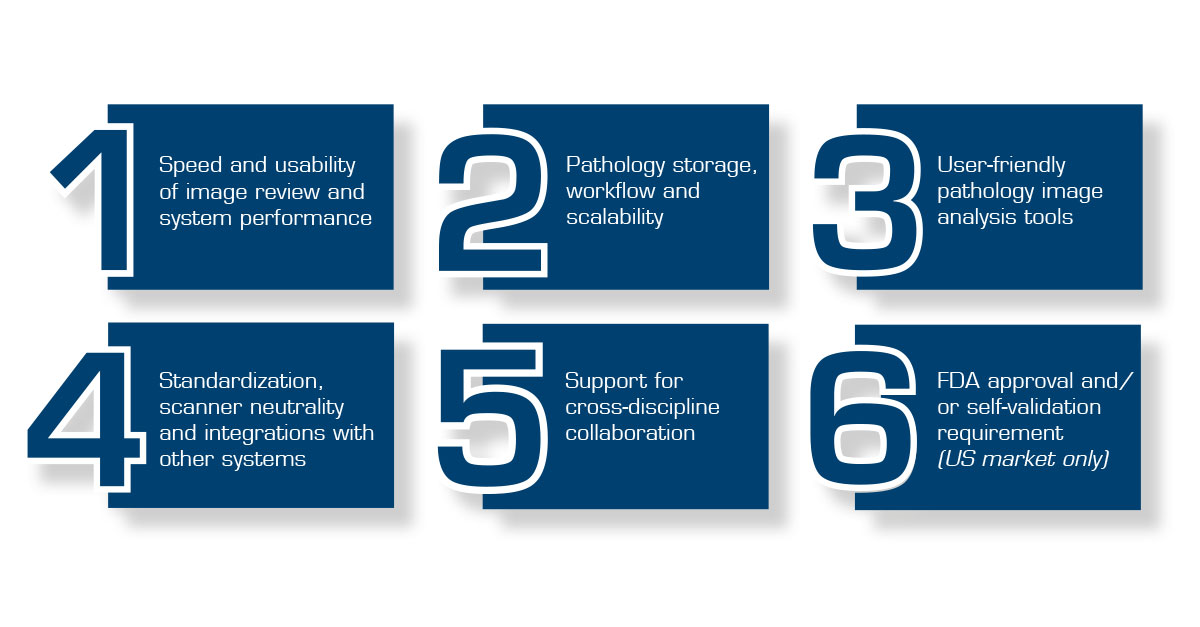Adding pathology to enterprise imaging—Why?
From an IT standpoint, the most obvious gains to be achieved by adding pathology to the EI solution, in contrast to digitizing pathology separately, is the ability to cut costs through the consolidation of IT systems and centralization of integrations. A standalone set-up will not be able to generate the same benefits in terms of clinical value, nor the cost advantages from an IT perspective, as an integrated multi-ology EI solution.
From a clinical point of view, having digital pathology as part of the EI solution will unite radiologists and pathologists, enhancing their collaboration through the use of a single diagnostic system. Initially, there are big wins to be gained simply by allowing different specialist groups to access each other’s images, test results and reports. This multidisciplinary convergence is encapsulated by the term integrated diagnostics (ID), the benefits of which are described in detail in an article[4] published in Radiology in 2017. The same article also highlights that now is the right time to unite pathology and radiology:
“This is the right time for a major move toward ID […] One major change is that pathology diagnostics is transforming from an analog-slide-and-microscope approach to a digital workflow at a rapid pace thanks to whole-slide imaging scanners and pathology picture archiving and communication systems (PACS) for large-scale, clinical use.”
One clinical benefit of using a single multi-ology solution achieved early on is increased efficiency in the preparation, presentation and follow-up of tumor boards. For early adopters of adding pathology to the EI solution, access to clinical information and increased efficiency in tumor boards have exceeded the expectations of specialists involved in cancer care. In a case study[5] at University Hospitals of Cleveland (OH), Dr. Hannah Gilmore, Division Chief of Anatomic Pathology and Director of the Breast Pathology Service, says:
“Since the pilot, we’ve been uploading pathology and radiology images into the enterprise PACS and projecting images from both departments on one system for each monthly conference. Using one system to display the images has streamlined how the cases are viewed, annotated and presented, and has greatly increased efficiency.”
Six areas to look into when digitizing pathology
There are quite a few EI solutions on the market today claiming to be able to handle digital pathology. The differences between them were highlighted, for example, in the first pathology-specific report published by KLAS Research in January 2020[6].
But supporting pathology is about much more than just being able to store WSI. We have listed six areas, along with guidance on what requirements an EI solution needs to fulfill in order to provide a fully digital and microscope-free pathology workflow, capable of gaining pathologists’ acceptance, while also allowing clinical and cost benefits to be realized using a single EI solution. These are:



